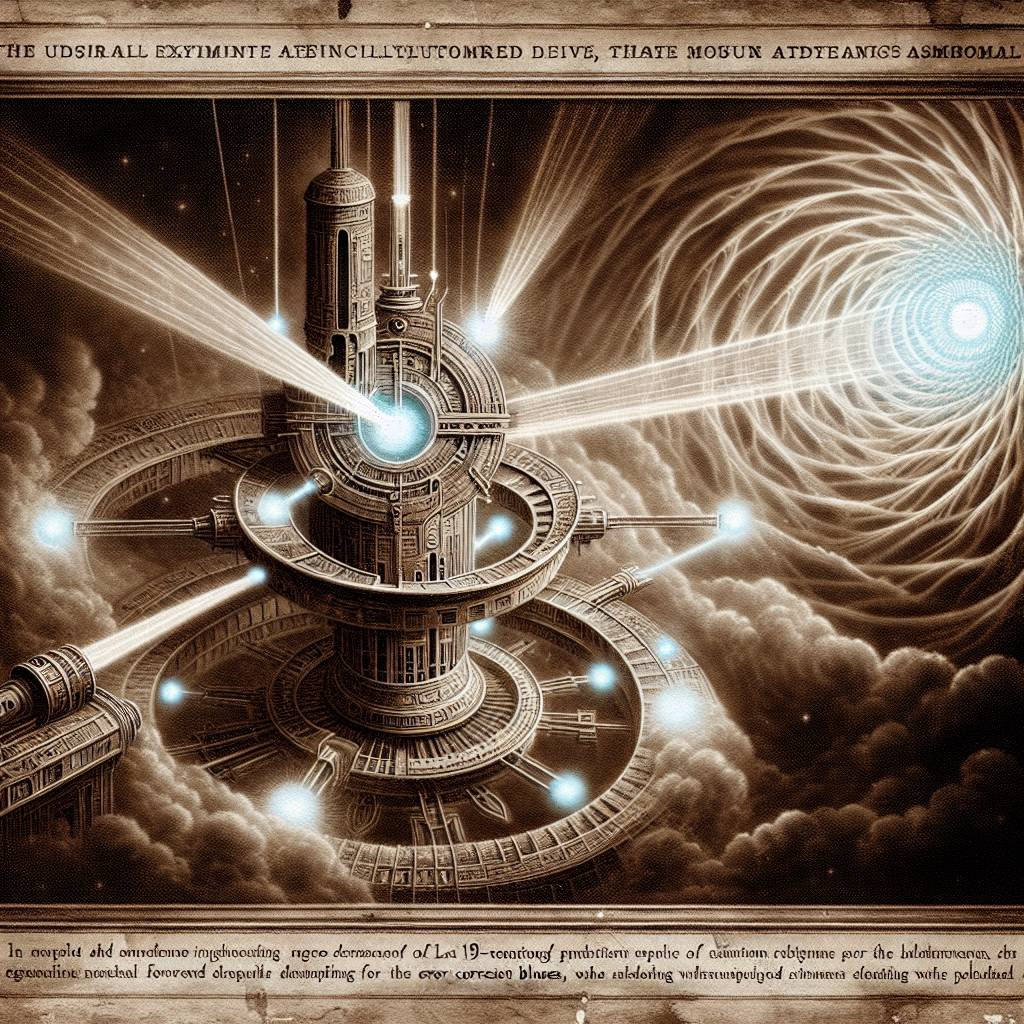Quantum Smackdown: Google’s Willow Chip Zaps Error Correction Blues!
Google’s Willow chip can solve a problem in minutes that would take classical computers 10 septillion years. But the real breakthrough? Quantum error correction. By reducing the need for error correction qubits, Willow marks a leap forward in quantum computing, hinting at a future where quantum noise is no longer the loudest voice in the room.

Hot Take:
Google’s Willow chip might just be the quantum computing equivalent of a toddler taking its first steps—adorable and promising, but still a ways off from running the 100-meter dash of cryptography demolition. While it’s impressive that Willow can solve a problem faster than it takes a classical supercomputer to even blink, the real triumph lies in the chip’s error-correction improvement. So, kudos to Google for getting the toddler to wear shoes, but let’s not start panicking about quantum apocalypse just yet!
Key Points:
- Google’s Willow chip boasts solving a problem in under five minutes, which would take a classical supercomputer 10 septillion years.
- Random Circuit Sampling (RCS) is used to benchmark quantum computers like Willow.
- Quantum error correction is a crucial breakthrough in Willow, reducing the need for extra correction qubits.
- The announcement highlights a significant step in quantum computer design, yet CRQC is still not on the immediate horizon.
- Cybersecurity professionals are urged to transition to post-quantum encryption algorithms.
